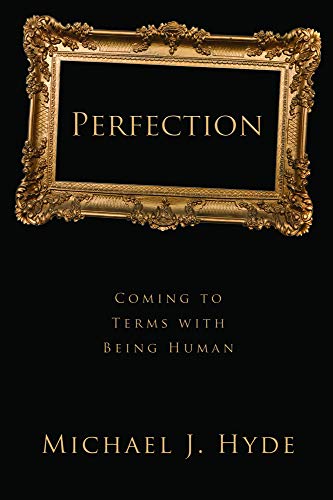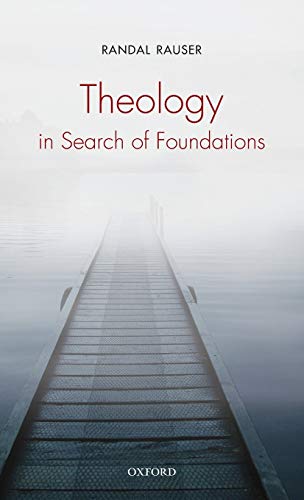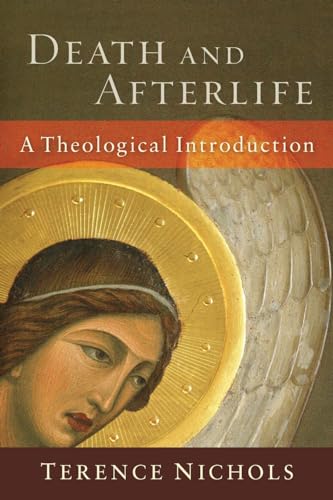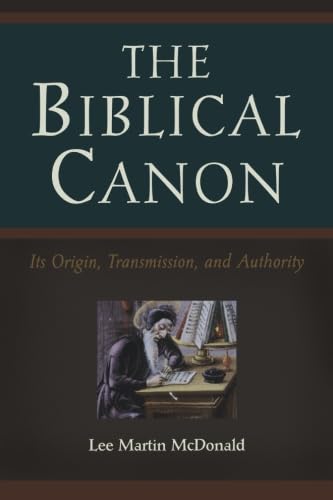Four “honest historians” walk into the Harvard Divinity School Library, are put on a Spartan diet, and not allowed to emerge until they have hammered out “a consensus document on who Jesus of Nazareth was and what he intended in his own time and place” (Marginal Jew, 1: 1). Far from the makings of pub humor, this “unpapal conclave” is the scenario that John Meier envisioned back in 1991 to describe the scope and intention of his ambitious project, A Marginal Jew: Rethinking the Historical Jesus. This “unpapal conclave” has now emerged for the fourth time—though now a Muslim has joined the rank and file (p. 12)—this time to present their “consensus document” on the historical Jesus, the “fluid and complex meaning of the Law” and of Halakic debates in the first century (p. 17).
Nearly one hundred years ago, Albert Schweitzer contended that Reimarus had grasped and explained Jesus’ attitude toward the law and the process by which the disciples came to take up a freer attitude so fully that “modern historical science does not need to add a word” (The Quest of the Historical Jesus [Baltimore: Johns Hopkins University Press], 24). Meier, naturally, demurs: “although I may not be right in my positions, every other book or article on the historical Jesus and the Law has been to a great degree wrong” (p. 2). For Meier, “the historical Jesus turns out to be the halakic Jesus.” And if past commentators “had stopped for a moment to think about the matter from a truly historical perspective” they would have realized it couldn’t have been any other way (p. 297).
Where did scholarship go off the rails? Meier suggests that it is precisely in its missing the larger enigma of how “Jesus can at one and the same time affirm the Law as the given, as the normative expression of God’s will for Israel, and yet in a few individual cases or legal areas (e.g., divorce and oaths) teach and enjoin what is contrary to the Law, simply on his own authority” (p. 3). The main chapters of the book deal with the Jesus and the Law, divorce, oaths, Sabbath, purity laws, and the love commands of Jesus. Each chapter follows a basic pattern: the reading of the original commandment in the OT, then developments of this theme in intertestamental literature, and a sifting of the Gospel material as well as comparisons with wider NT texts and rabbinic sources.
The first main chapter is “Jesus and the Law—But what is the Law?” Palestinian Judaism consisted of “competing interpretations of the Torah” and animated the formation and fragmentation of “various 1st-century sects and movements” (p. 31). The mantra of the volume is therefore that “the historical Jesus is the Halakic Jesus.” That is, “the Jesus concerned with and arguing about the Mosaic Law and the questions of practice arising from it” (p. 8) The second main chapter, “Jesus’ Teaching on Divorce,” focuses the shocking statement in the final words of Mark 10:11: ep’ autēn. “The idea that a husband, by having sex with a woman not his wife, commits adultery against his wife is not a concept found in the Jewish Scriptures, where adultery is an offense against the marriage rights of some other husband” (p. 111). Here Jesus overturned the law. The third main chapter is on the prohibition of oaths, and like the findings on divorce, the historical Jesus’ prohibition of oaths exemplifies his “revocation of individual institutions and/or commandments of the Mosaic Law” (p. 205). The fourth main chapter on Sabbath judges many of the Sabbath stories to be unhistorical, whose “present form reflects Christian polemics” (p. 294). But recoverable traces of the historical Jesus emerge in his embracing of the Sabbath commandments. The “most difficult question concerning Jesus and the Law” is the subject of the fifth main chapter: Jesus and purity laws (p. 342). Meier judges “the authentic Jesus tradition [as] completely silent on the topic of ritual purity” (p. 414). But even this silence, or what Meier calls “Jesus’ studied indifference to ritual impurity,” needs to be seen “within the larger framework of his claim to be the charismatic prophet of the end time” (p. 415). In other words, his failure to produce a systematic presentation of the Law says more about his understanding of his authority: such is so because he says it. The final main chapter looks at the love commandments, deeming the double love command as originating with the historical Jesus—which, Meier argues, displays a “remarkable degree of competence in the Torah” (p. 575). But the “historical Jesus never directly connects his individual halakic pronouncements to some basic or organizing principle of love” (p. 655).
The difficulty with the legal material in the Gospels is that the “early Christian movement naturally selected and passed on those teachings of Jesus that it found particularly useful in spreading its message and winning converts” (p. 652). As the Jesus movement progressed in its post-Acts 15 mission, the inner-Jewish debates of Jesus “may have struck audiences as irrelevant or even unintelligible” (p. 652).
Many readers will walk away frustrated by the various non liquet judgments of A Marginal Jew, and, I imagine, some may wonder what utility arises from a book on Jesus and the Law that doesn’t have much to say about relevant ethical topics (cf. p. 75). But the chapter on divorce alone is worth the price of the book for the busy pastor who seeks to speak intelligibly (and non-anachronistically!) about the topic. Moreover, this volume helpfully problematizes received readings of Jesus and the Law. In any case, Law and Love is all we’ve come to expect from Meier: erudite, meticulous, careful, iconoclastic, and a must-read for those interested in the historical figure who inspired the movement known as Christianity.
Michael J. Thate
Michael J. Thate
Durham University
Durham, England, UK
Other Articles in this Issue
Most of our readers are theological students and pastors...
The Dazzling Darkness of God’s Triune Love: Introducing Evangelicals to the Theology of Hans Urs von Balthasar
by Stephen M. GarrettJürgen Moltmann observes that Christian theology and the Church face “a double crisis: the crisis of relevance and the crisis of identity...
Plots, Themes, and Responsibilities: The Search for a Center of Biblical Theology Reexamined
by Daniel J. BrendselIn the prolegomena to his “approach to biblical theology,” Charles H...
Since the mid-twentieth century biblical scholars have increasingly accepted that the texts of the Bible must be interpreted in terms of their literary genres...
The present age tends to regard polemics, theological controversies, and all-round doctrinal fisticuffs as, at best, a necessary evil, at worst, one of the most revolting aspects of Christianity...







